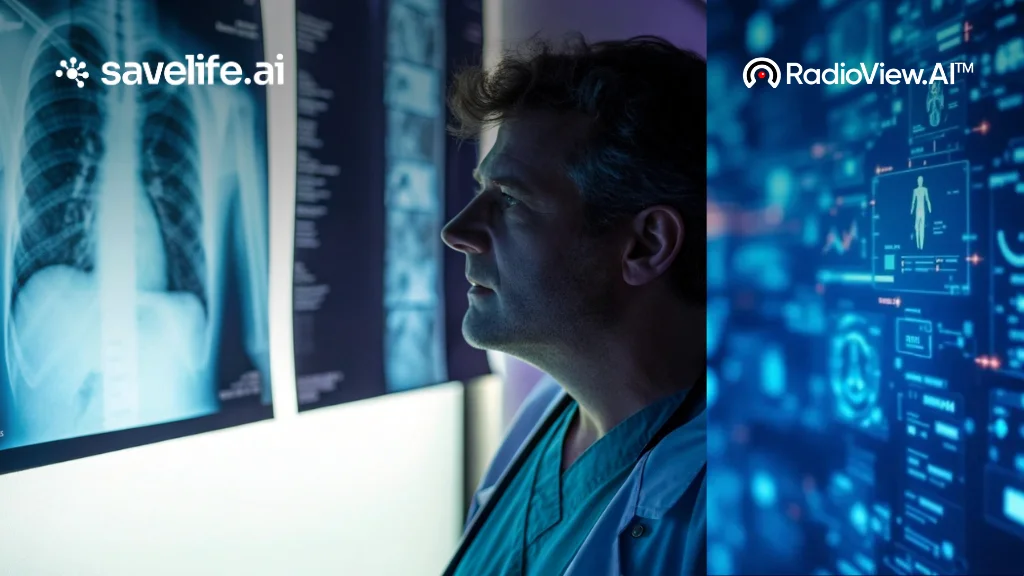The evolution of medical imaging has reached new heights with the adoption of the PACS system for X-rays, which allows healthcare providers to store, retrieve, and share X-ray images digitally. These systems are now moving to the cloud, offering unmatched accessibility, cost-efficiency, and AI-powered enhancements. This article will explore the benefits of a cloud-based PACS system, its impact on enterprise imaging, and how it is shaping the future of medical imaging for improved patient care and operational efficiency.
What is a PACS System for X-rays?
A Picture Archiving and Communication System (PACS) for X-rays is a medical imaging solution that digitally stores, retrieves, and shares radiological images. By replacing traditional film-based imaging, PACS improves efficiency, accessibility, and collaboration among healthcare professionals.
With the rise of cloud-based PACS systems, radiologists can access imaging studies remotely, collaborate across multiple locations, and reduce reliance on physical film. This shift towards enterprise imaging is optimizing workflows and improving patient care.
Why Cloud-Based PACS is Transforming Radiology
Traditional PACS systems were hosted on local servers, which required high maintenance costs and limited access. Today, cloud-based PACS solutions like RadioViewAI offer seamless accessibility, AI-driven automation, and enhanced security.
Key Benefits of a Cloud-Based PACS System for X-Rays
- Multi-Site Accessibility – Cloud PACS enables radiologists to interpret X-rays from different locations. This supports remote diagnostics and collaboration among healthcare providers.
- Mobile Compatibility – Modern PACS systems for X-rays feature mobile apps for iOS and Android. Doctors can review images anytime, enhancing emergency response.
- AI-Powered Workflow Optimization – AI-driven platforms like RadioViewAI assist in automated image analysis, helping radiologists detect abnormalities faster. Reduces workload and improves diagnostic accuracy.
- Eliminating Physical film cloud – storage reduces the need for printed X-rays, cutting costs and improving efficiency. Patients and healthcare providers can securely access images online.
- Robust Security & Compliance – Cloud-based PACS solutions adhere to HIPAA regulations, ensuring encrypted and secure medical data. Automatic backups prevent data loss, making cloud solutions more reliable.
Enterprise Imaging and Its Impact on PACS Systems
Enterprise imaging integrates radiology and medical imaging data across multiple locations into a centralized system. This allows radiologists, physicians, and healthcare providers to collaborate more efficiently.
How Enterprise Imaging Enhances a PACS System for X-Rays
- Streamlined Collaboration – Multiple radiologists can co-read and analyze images in real time.
- Faster Reporting – AI automation, like RadioView.AI, speeds up reporting and enhances workflow efficiency.
- Better Patient Outcomes – Immediate access to imaging data allows for faster diagnoses and treatment decisions.
By combining enterprise imaging with cloud PACS, hospitals and imaging centers can reduce costs, enhance security, and improve efficiency.
How RadioViewAI is Enhancing PACS Systems for X-Rays
AI is revolutionizing radiology, and RadioView.AI is leading the way with its advanced imaging solutions. By integrating AI-driven image analysis into a PACS system for X-rays, RadioViewAI offers:
- Automated Image Processing – AI detects potential abnormalities and assists in diagnosis.
- Workflow Optimization – Reduces reporting time and enhances efficiency.
- Multi-Site Integration – Enables enterprise-wide radiology collaboration.
With AI-powered PACS solutions, radiologists can improve accuracy, reduce workload, and focus on complex cases rather than routine image interpretation.
Final Thoughts: Why the Future of PACS Systems for X-Rays is in the Cloud
A PACS system for X-rays is an essential tool for modern radiology, and cloud-based technology is taking it to the next level. With benefits like multi-site access, mobile compatibility, AI automation, and enterprise imaging, radiologists can enhance diagnostic workflows and improve patient care.
By using innovative platforms like RadioView.AI, healthcare providers can experience faster, smarter, and more efficient radiology solutions. If your organization is considering an upgrade, a cloud PACS system is the future of medical imaging.
FAQs
- What are the 4 components of PACS?
The four main parts of PACS are imaging devices (like X-rays or MRIs), communication networks, image storage and server, and display workstations. It can also connect with other healthcare systems like RIS and HIS. - What is PACS and RIS systems?
PACS is used to store and transfer medical images securely, while RIS is a system for managing radiology records, allowing practitioners to store, edit, and share reports. - Why do we need PACS?
This system stores, transfers, displays, and processes medical images. It centralizes medical imaging workflows and serves as the main source of image information. - Is PACS an EMR?
While both store patient data, PACS focuses on medical images, and EMRs are used for general health records. Although they are separate systems, they often work together.


